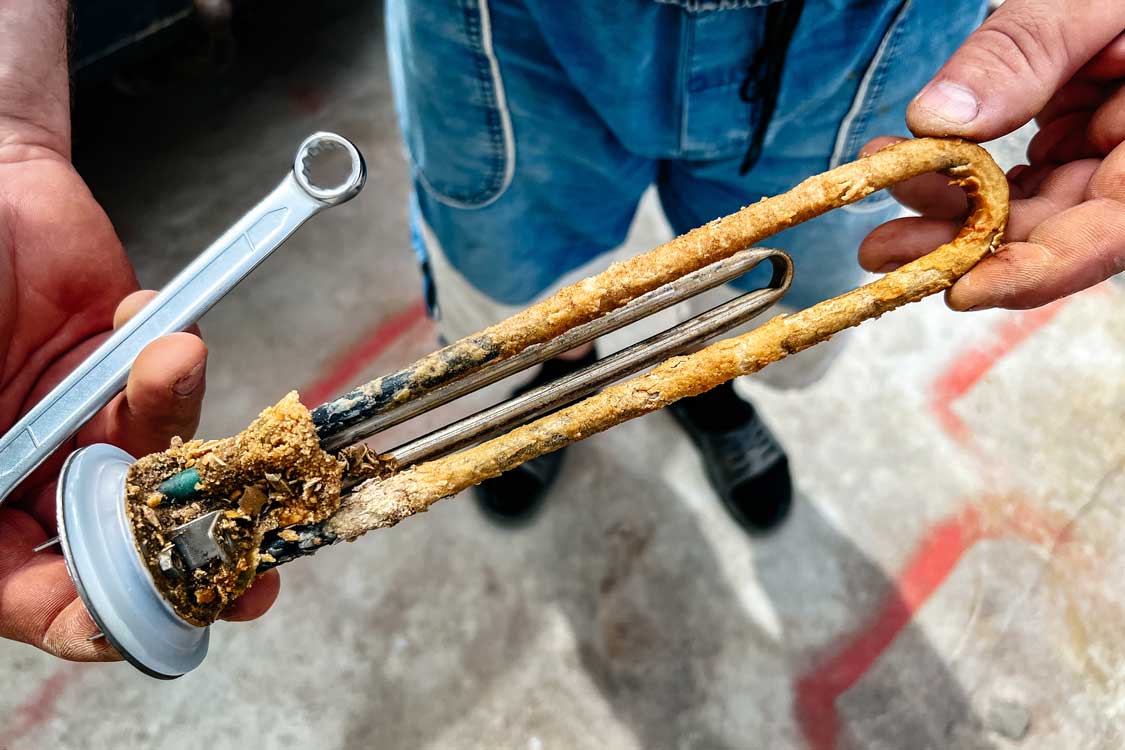As the weather starts cooling down in Central Texas, there’s nothing more comforting than a nice warm shower. However, the ideal temperature is not the only ingredient necessary for the ideal shower experience. We’ve all felt the letdown of a weak stream emanating from the shower head. Let’s unpack the factors that determine your shower’s water pressure and most importantly, what can be done to improve it.
What Determines Your Shower’s Water Pressure?
First off, let’s get a misconception cleared up: pressure and volume are not the same thing. Volume refers to the amount of water flowing through, while pressure refers to intensity. The volume flowing through your home might be perfect, but the water pressure could be below par. It’s the combination of these two factors that determines your home’s water flow.
So what can cause an imbalance between volume and pressure in your shower? Our first suspect is the shower head itself. Hard water, which runs through Central Texas homes, contains harsh minerals. With enough exposure, your shower head can experience blockages as limescale forms. We have an easy DIY guide for taking care of this problem. You should also consider replacing your shower head altogether if the problem persists. At the 5-year mark, most shower heads suffer from corrosion and water damage to the point where it’s affecting your shower’s water pressure. Another important element to consider is the age of your home’s plumbing pipes and fixtures. As the years march on, your home’s plumbing system is prone to wear and tear. Dissolved minerals present in the water running through your home can stick to the walls of your pipes, causing deterioration and affecting flow. This build up also results in the narrowing of the circumference of your pipes, further compounding the problem. Homes built in the 70s and prior are especially susceptible to this phenomenon. And then there is another, rather conspicuous culprit to consider…
The Elephant In The Room
Your home’s water heater is a crucial component to the wellbeing of your entire plumbing system. All the hot water you use around the house, including in the shower, runs through it. The water heater is an oft-neglected appliance which needs diligent maintenance year round. As is generally the case, the age of your water heater is very relevant to its performance. If you’re unsure, here’s how to determine the age of your water heater. Mineral deposits can accumulate in the tank and subsequently affect the water pressure of faucets and shower heads all over the house. Most manufacturers recommend homeowners schedule a water heater flush at least once a year. When it comes to visual inspection and general maintenance, there’s actually quite a bit you can do as the homeowner. Arm yourself with knowledge by checking out our water heater maintenance guide. If upon inspection you discover a water heater leak, take the following safety steps to prevent damage.
When To Call A Plumber
Your home’s plumbing will regularly require maintenance and repair services that go beyond the capabilities of a layman. It’s time to call the plumber if:
- Your water heater has not been maintained or inspected in over 1 year
- You notice multiple fixtures having restricted flow around the house
- You would like to have a water filtration system of some sort installed
The leading causes of low water pressure and clogged shower heads are a lack of professional maintenance, hard water, and old age. By having your plumbing system inspected, you’re bound to get to the bottom of your low water pressure conundrum. Radiant Plumbing and Air is proud to provide expert plumbing service to Austin and San Antonio, TX and we are here to get your service needs on the schedule.







